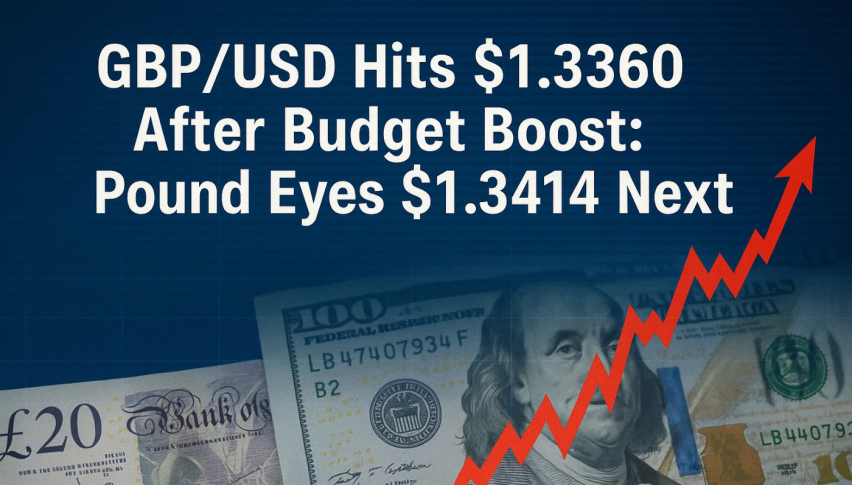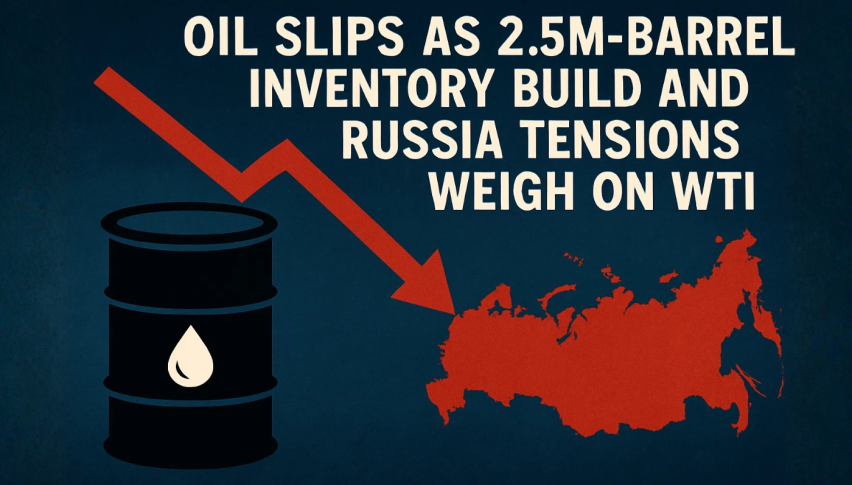Crude Oil Slips Below $60 – Quick Fundamental Outlook
During Tuesday's Asian trading hours, WTI crude oil managed to extend its previous-session bullish moves and drew some further bids around
During Tuesday’s Asian trading hours, WTI crude oil managed to extend its previous session’s bullish moves and drew some further bids around mid-$59.00 marks as investors cheered upbeat US ISM Services PMI and increasing odds of U.S. President Joe Biden’s $2.25 trillion infrastructure plan, which raises hopes over the U.S. economic recovery and contributes to the crude oil prices. Furthermore, the faster vaccinations and unlocking efforts in the U.K. and the U.S. are also played its major role in supporting the oil prices.
Besides this, the crude oil gains could also be associated with the reports suggesting that New Zealand showed readiness to open the national border with Australia, which positively impacted the oil demand. Apart from this, the modest losses in the U.S. dollar, triggered by the low safe-haven demand, were also seen as one of the key factors that kept the oil price higher as it is inversely related to the price of the U.S. dollar. On the gloomy side, the escalating coronavirus (COVID-19) woes in Europe and Australia and Western tussle with China probes the oil bulls. Capping the gains could also be the recent challenges to the AstraZeneca vaccine progress. The Bank of Japan’s (BOJ) warning over rate cuts puts a bearish impact on the market sentiment. WTI crude oil is currently trading at 59.23 and consolidating in the range between 58.62 and 59.58.
However, the mixed market sentiment could be attributed to the rising virus cases in countries such as India and the European Union. Meanwhile, China’s strong Caixin Services PMI for March was also seen as one of the key factors that kept the oil prices higher. China’s Caixin Services PMI differs from the Caixin Manufacturing PMI at the data front while climbing to 54.3 against 51.7 market expectations and 51.5 previous readouts.
On the other hand, Australia’s March month ANZ Job Advertisements raised past-7.2% before 7.4%. As a result, the broad-based U.S. dollar failed to extend its previous-day winning streak and turned bearish on the day as upbeat key data from the two world-largest economies tend to undermine safe-haven demand in the market. Meanwhile, the optimism over a possible vaccine for the highly infectious coronavirus disease also played its major role in undermining the safe-haven dollar. The U.S. dollar failed to gain any meaningful traction from the prospect of more stimulus measures in the U.S. Thus, the losses in the U.S. dollar become the key factor that kept the oil prices higher as the price of oil is inversely related to the price of the U.S. dollar. Meanwhile, the U.S. Dollar Index tracks the greenback against a bucket of other currencies that dropped by 0.4% to 92.597.On the darker side, the rising COVID-19 cases in Europe, Australia, and some of the notable Asian nations like India are continually fueling the fears of renewed lockdowns.
Across the pond, the US-China tussles are still not showing any sign of slowing down. On the negative side could also be the Bank of Japan’s (BOJ) warning about rate cuts. Across the ocean, the prevalent worries about the agreement by the OPEC+, to bring back 350,000 barrels per day (BPD) of supply in May, another 350,000 BPD in June, and a further 400,000 BPD or so in July, has been playing a negative role for oil prices. The decision by OPEC+ to increase production came despite concerns about a rise in COVID-19 cases.
- Check out our free forex signals
- Follow the top economic events on FX Leaders economic calendar
- Trade better, discover more Forex Trading Strategies
- Open a FREE Trading Account


